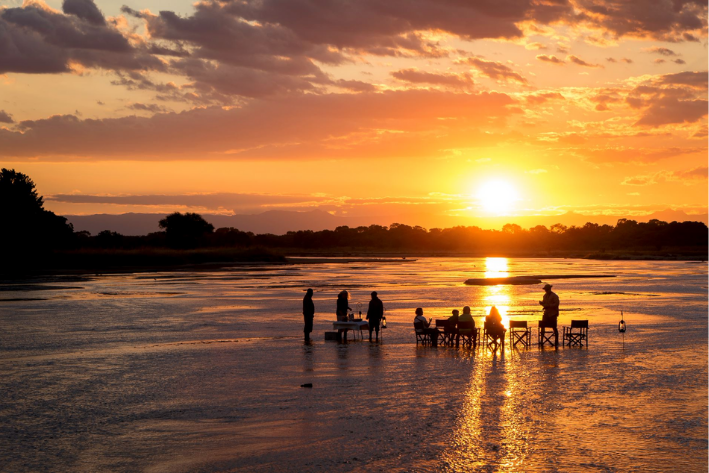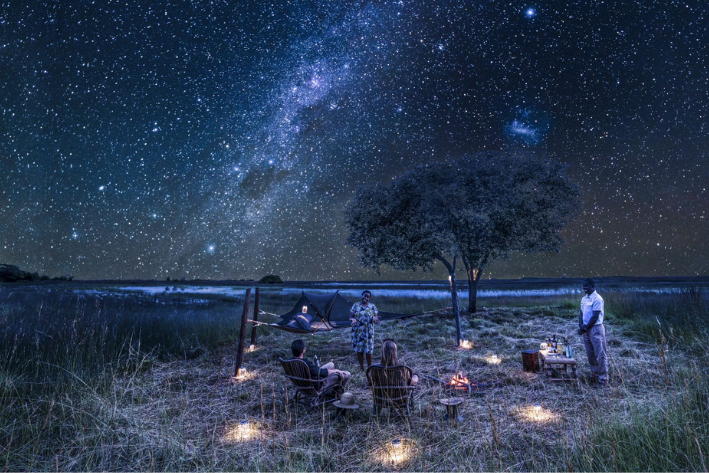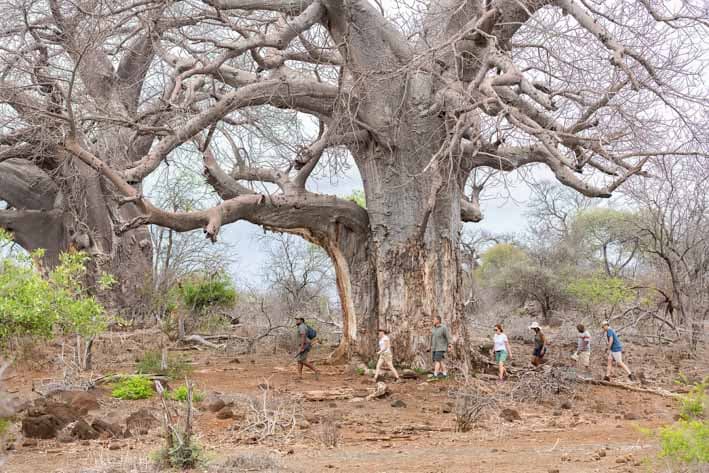Why we love safaris to Zambia
Discover Zambia, authentic African safaris at its finest
Discover one of Africa’s best-kept safari secrets…
Zambia is the home of mighty rivers, walking safaris, the “Smoke that Thunders” and some of the most impressive and untamed national parks in Africa…
When you say the word “safari” there are a few African destinations that immediately spring to mind and that are generally thought to sum up the epitome of an expedition into the African wilderness. Chances are that Zambia won’t be among them, which is actually to its advantage…
This breathtakingly beautiful African nation’s safari superpower is its relative anonymity, especially when it comes to exploring its incredible wilderness areas. It’s actually one of Africa’s best-kept safari secrets.
While its safari industry is well-established and features some of the most legendary names in the business (and more than a few founding fathers), Zambia has foregone the mass tourism route in favour of a more exclusive, personal and authentic brand of African safari experiences.
So while you can still get a taste of tourist attractions like the inimitable Victoria Falls – the Mosi oa Tunya (Smoke that Thunders) in the local vernacular – once you delve into the vast expanses of Zambia’s impressive national parks and wilderness areas you are going to enjoy both the remoteness and the sense of authenticity your Zambian safari adventure brings with it.
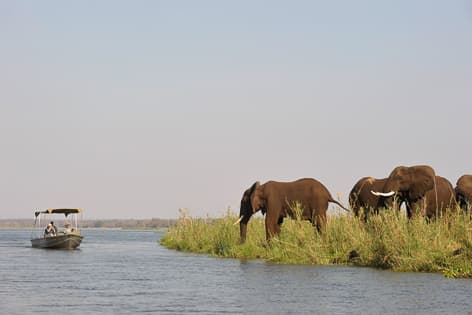
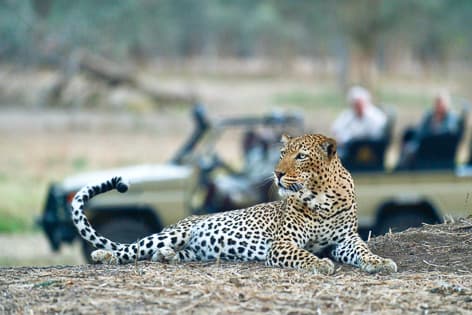
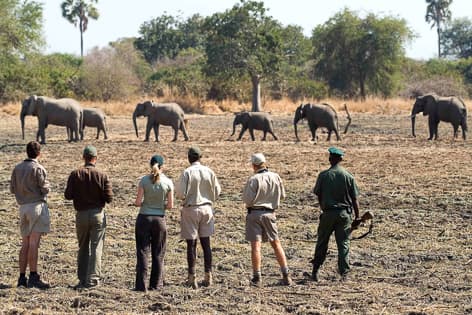
OUR ZAMBIAN PARTNERS
The majesty and beauty of Zambia’s wilderness areas are complemented by the effortless simplicity and innate sincerity of the camps and lodges we have selected for our Zambian safaris. We work with small, owner-run safari partners who we believe offer some of the most authentic safari experiences in Zambia, ensuring our guests enjoy unrivalled wilderness experiences.
Take passionate safari specialists Kyle Branch and Luke Evans of Tusk & Mane and Phil Jeffery and Tyrone McKeith of Jeffery & McKeith Safaris…
Kyle and Luke are based in the Lower Zambezi National Park where they have three perfect safari spots – Chula Island and Kutali Island Camps located on islands at the edge of the Zambezi, separated from the mainland by river channels – and Tarafa at the foot of the towering escarpment, where sleepouts take place.
Phil and Tyrone are based in the Kafue National Park where they have Musekese Camp, deep in the remote interior of the park and Ntemwa-Busanga Camp on the edge of the Busanga Plains. They also run mobile safaris in Liuwa Plain National Park. The dynamic duo met at university in the UK where they bonded over their common love for conservation and developed their ethos for ethical, conservation-focused safari adventures.
Although somewhat longer in the tooth than these inspiring young men, Grant Cummings is nonetheless a dedicated conservationist and a veritable Zambian “legend”. His family camp – Chiawa – was the first commercial camp to be established inside the Lower Zambezi National Park, set up by his father, David. Chiawa and its sister camp, Old Mondoro, are very much part of the fabric of the Lower Zambezi, as is the Cummings family.
For Andy Hogg safari is also a way of life. He co-founded The Bushcamp Company in 1999 and still runs it from its “HQ” at Mfuwe Lodge in the South Luangwa National Park. With six intimate safari camps to complement Mfuwe Lodge, The Bushcamp Company is the only operator in the southern section of the South Luangwa.
John and Carol Coppinger are synonymous with safaris in the Luangwa Valley. They founded their company – Remote Africa Safaris – in 1995 and today have two camps in the South Luangwa National Park and two in the North Luangwa, as well as an island camp in the Bengweulu Wetlands. Stalwarts of Zambian conservation and sustainable tourism, they continue to maintain the benchmark of low-impact, conservation-based tourism that directly benefits local communities.
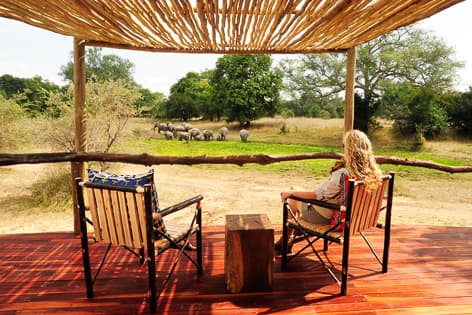
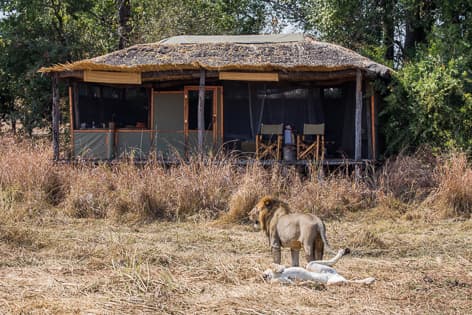
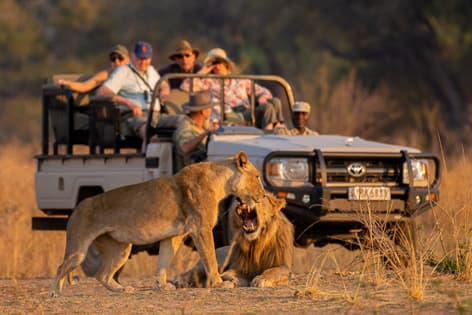
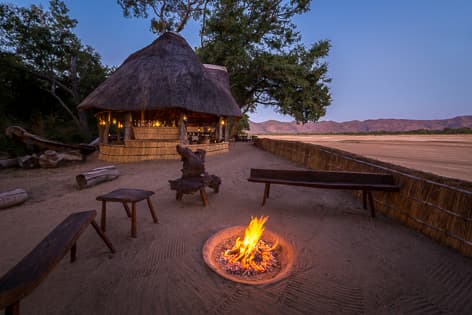
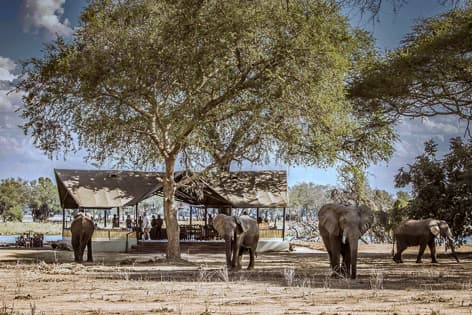
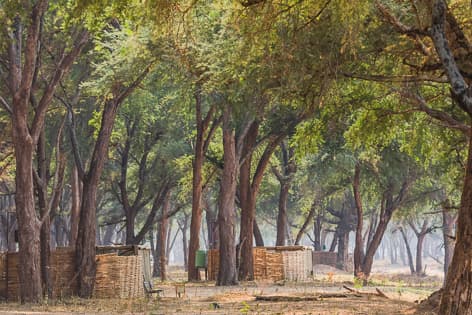
INTO THE WILD…
Zambia has some of the last true wildernesses left in Southern Africa. From the vast open expanses of Liuwa Plain and the endless horizons of the Kafue to the untamed beauty of the Luangwa and Lower Zambezi valleys, Zambia offers a rare opportunity to completely immerse yourself in wild Africa with some of the most knowledgeable and gifted safari guides on the continent.
Liuwa Plain National Park is home to the second-largest wildebeest and zebra migration in Africa as well as incredible wildlife and truly exceptional birdlife. As soon as the annual rains fall, Liuwa is transformed into a wetland wonderland carpeted by colorful flowers visited by a plethora of migratory bird species.
Here you can tick off the likes of the long-tailed whydah, black-winged pratincoles that gather in huge flocks around the pans, pink-throated longclaw, sooty chat and wattle cranes as well as red-billed teals and crowned cranes.
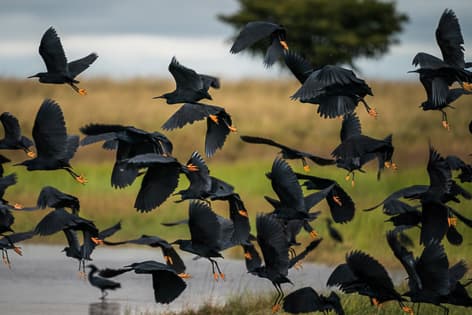
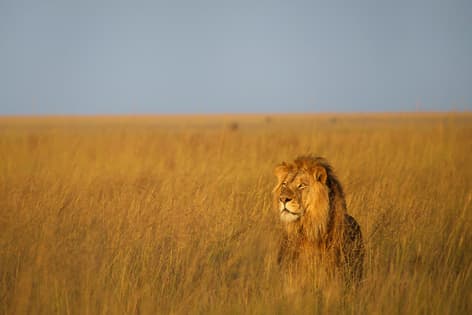
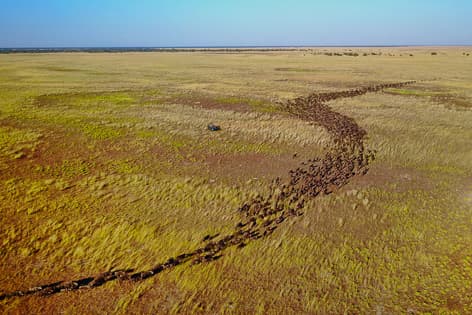
Kafue National Park is Zambia’s largest conservation area at a whopping 22,400 square kilometers. Add to this the various game management areas that act as a buffer zone around it and this area almost doubles.
This off-the-beaten track national park offers a mixture of rich riparian forests around the Kafue, Lunga and Lufupa rivers, miombo thicket, expansive grasslands and vast floodplains, especially in the north around the Busanga Plains region.
The Kafue is a haven for wildlife, especially plains game like buffalo, red lechwe, puku, roan antelope, wildebeest and zebra. Elephant numbers are good and predators like cheetah, painted wolf (African wild dog) and lion are also numerous. More than 490 species of bird have been recorded in the Kafue, making it a birding hotspot.
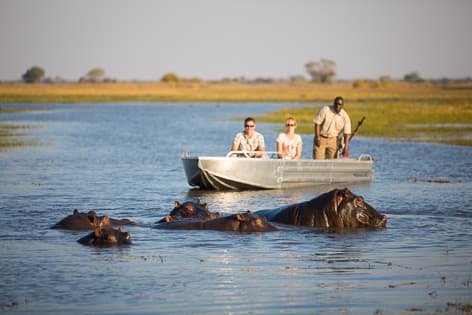
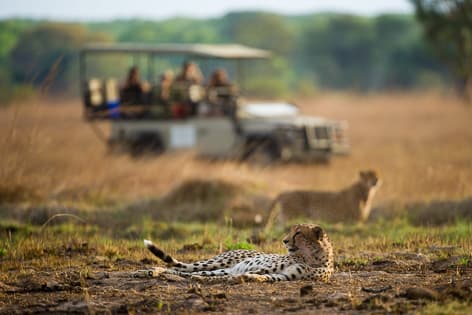
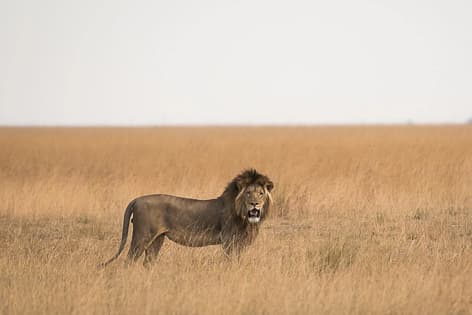
The South Luangwa National Park is renowned as the traditional home of the modern walking safari, the South Luangwa’s safari focus is along a 150km stretch of the meandering, seasonal Luangwa River – a major tributary of the Zambezi River which flows strongly in the rainy season, drying out to a series of oxbow lagoons and pools which boast the highest concentrations of hippo in Africa.
The rest of the reserve is still relatively unexplored, helping it to retain its “wild” reputation with its wide floodplains, dense riparian forests and seasonal river beds a true wilderness in every sense of the word. Known for its elephant, buffalo and high concentrations of lion and leopard, the South Luangwa is also home to the endemic Crawshay’s zebra and Thornicroft’s giraffe.
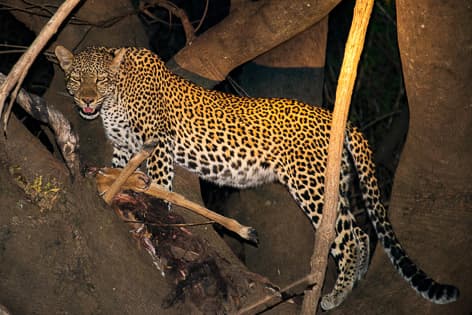
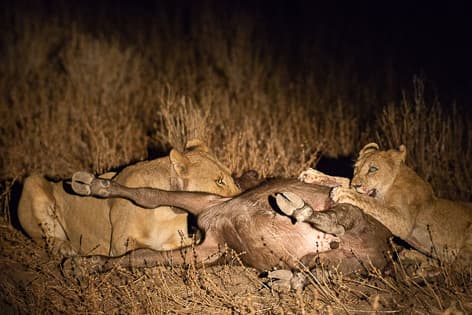
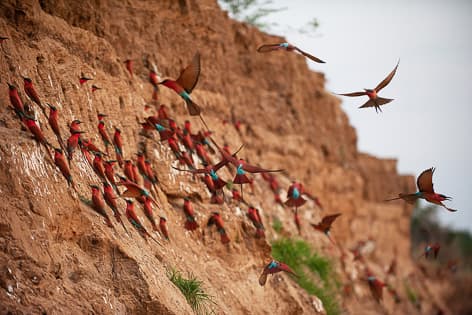
The Lower Zambezi National Park is perhaps top of the most scenically beautiful conservation areas in Zambia. With the Lower Zambezi escarpment providing an impressive backdrop and the mighty Zambezi River the star of the show, this wonderfully underdeveloped national park sits directly opposite Zimbabwe’s Mana Pools National Park.
The Zambezi is wide and lazy at this point on its route to the Indian Ocean, slowed by Kariba Dam upstream and Mozambique’s Cahora Bassa Dam downstream. Large islands dot its main stream and channels and backwaters abound, affording incredible canoeing opportunities and first-class water-based game viewing.
The Lower Zambezi’s huge herds of elephant and buffalo are a major drawcard, as are its predators. There are good walking opportunities too and the terrain is varied, as are the biomes, ranging from montane woodland to open grasslands and floodplains as well as dense riparian forests and areas of wetland that are reminiscent of the Okavango Delta.
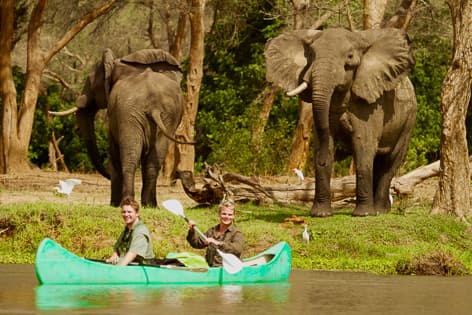
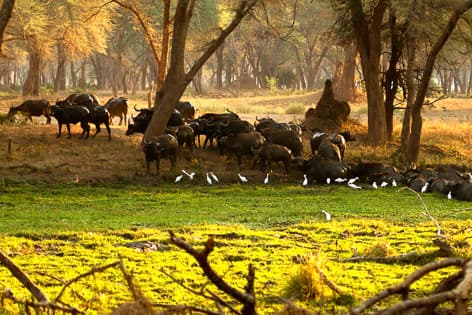
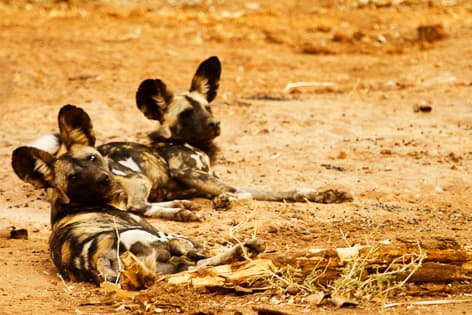
Beyond these outstanding places, which together have formed Zambia’s “mainstream” safari circuit, lay even more remote destinations like the Bangweulu Wetlands, renowned for its shoebills; Kasanka National Park with its annual straw-colored fruit bat migration (one of the biggest migrations on the planet) and the North Luangwa National Park, famed for its black rhino and vast wilderness waiting to be explored on foot.
Talk to us today about a safari in Zambia, and experience these incredible safari destinations for yourself!

